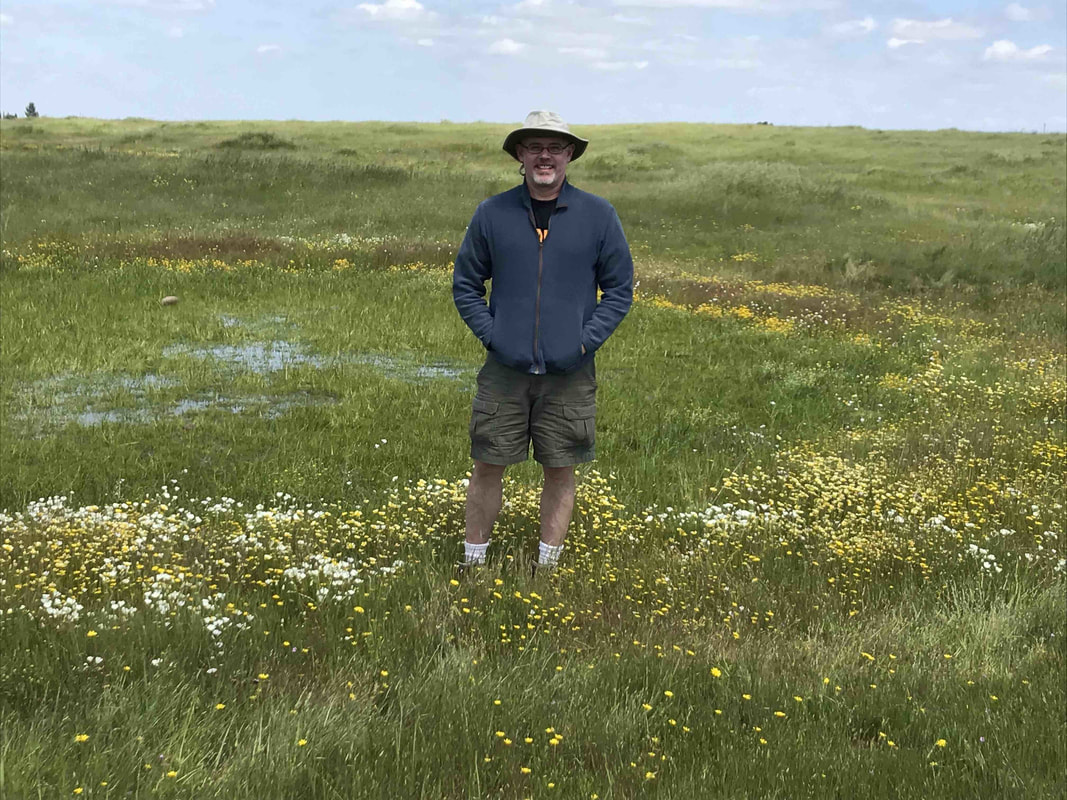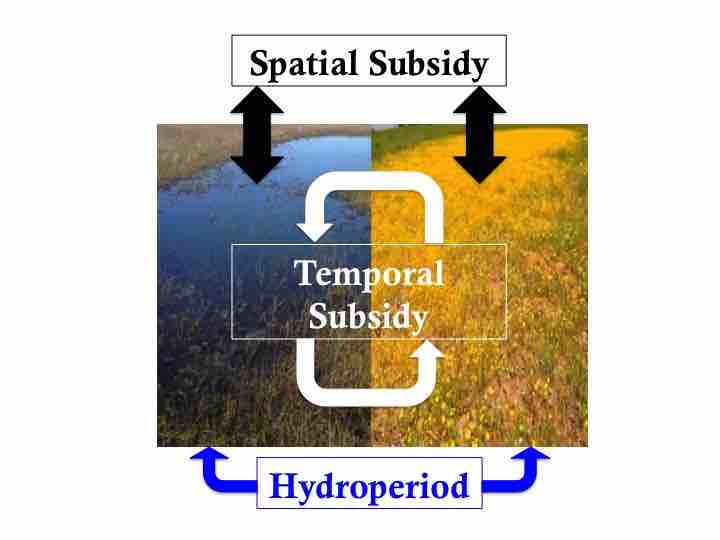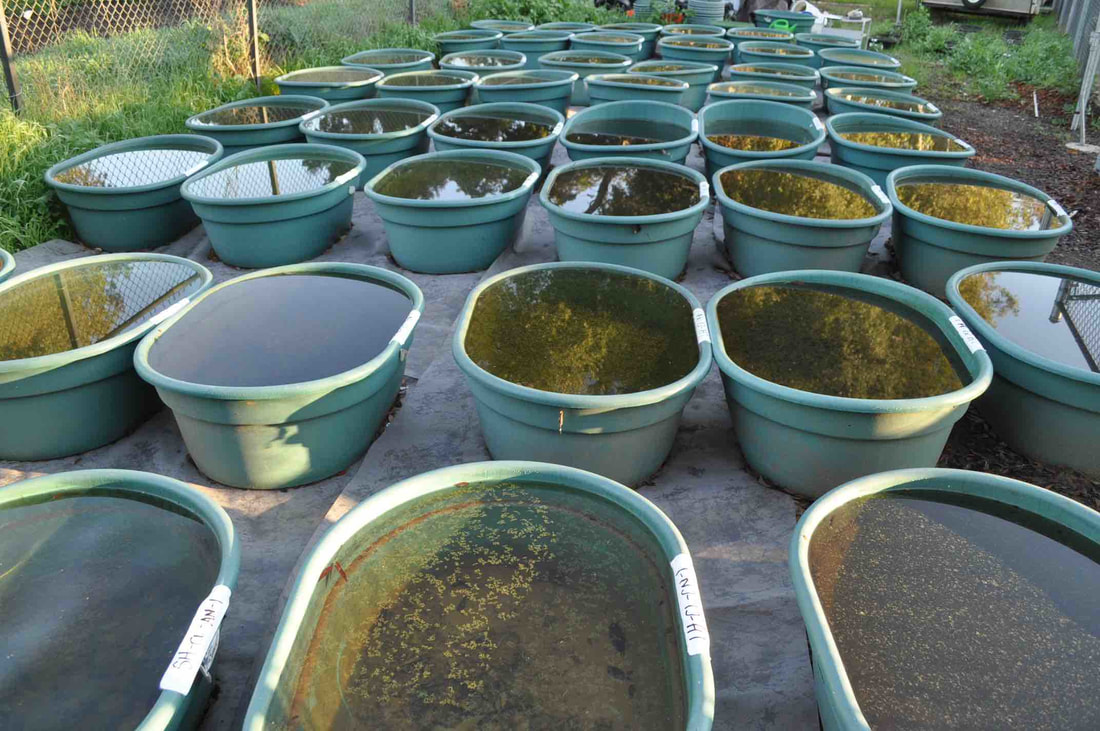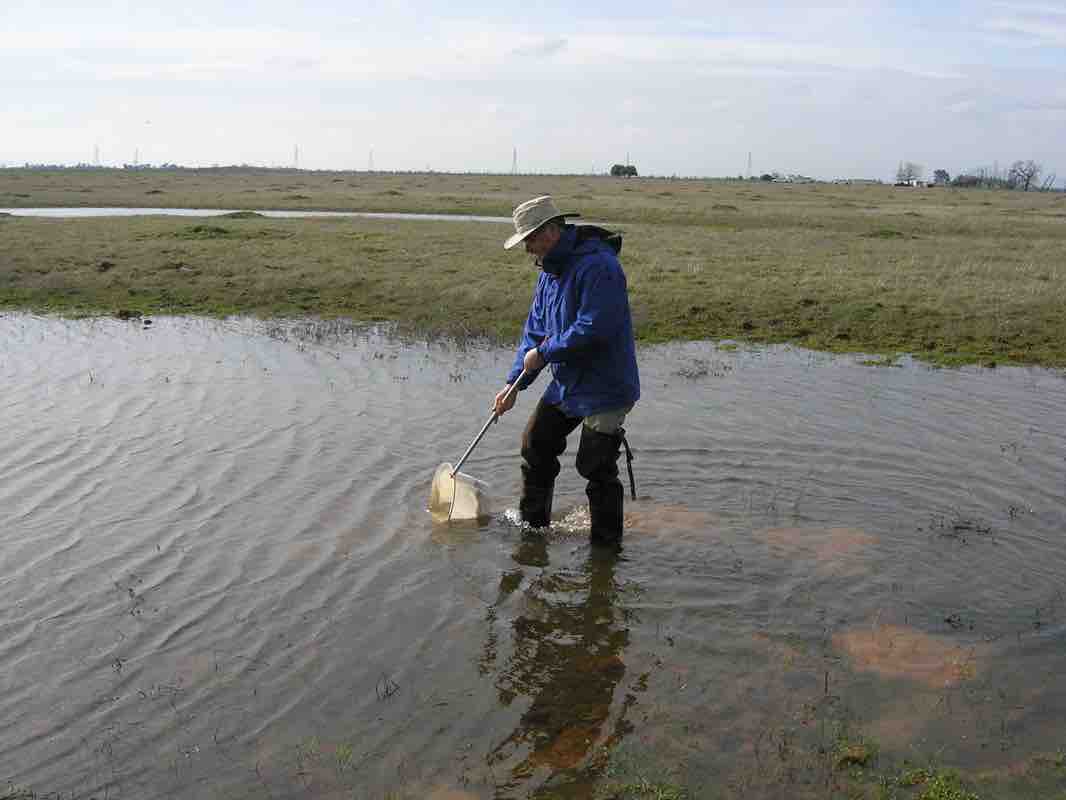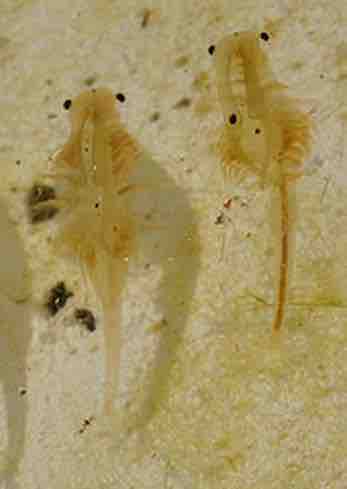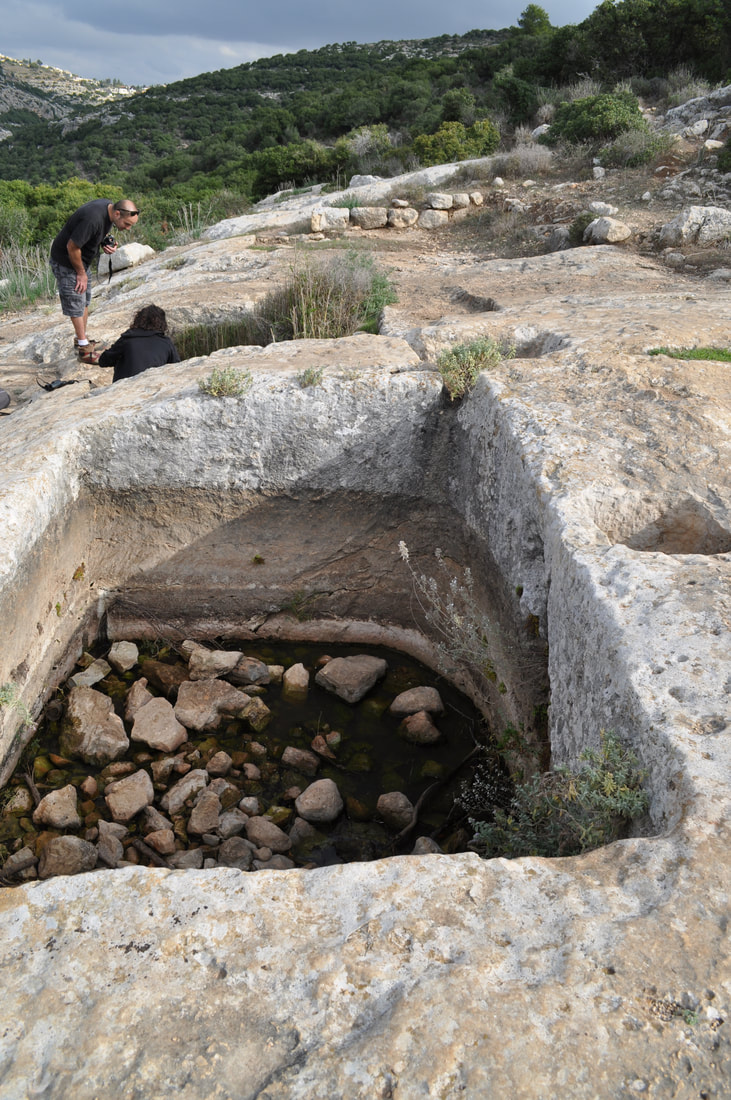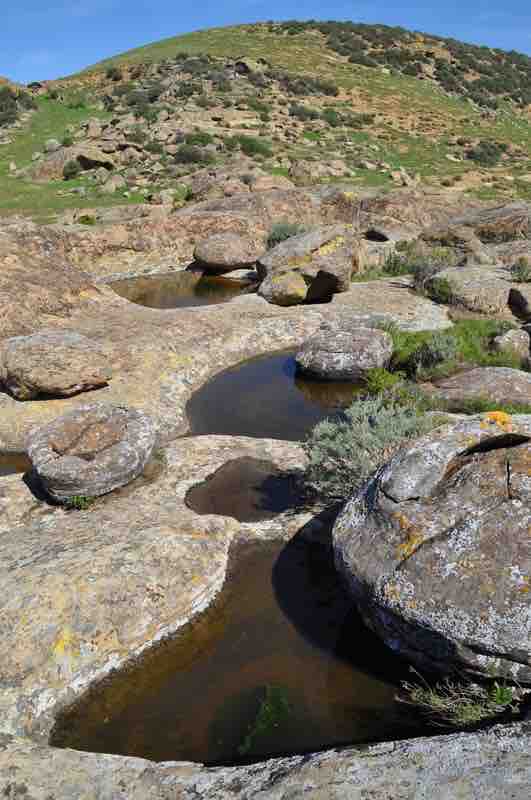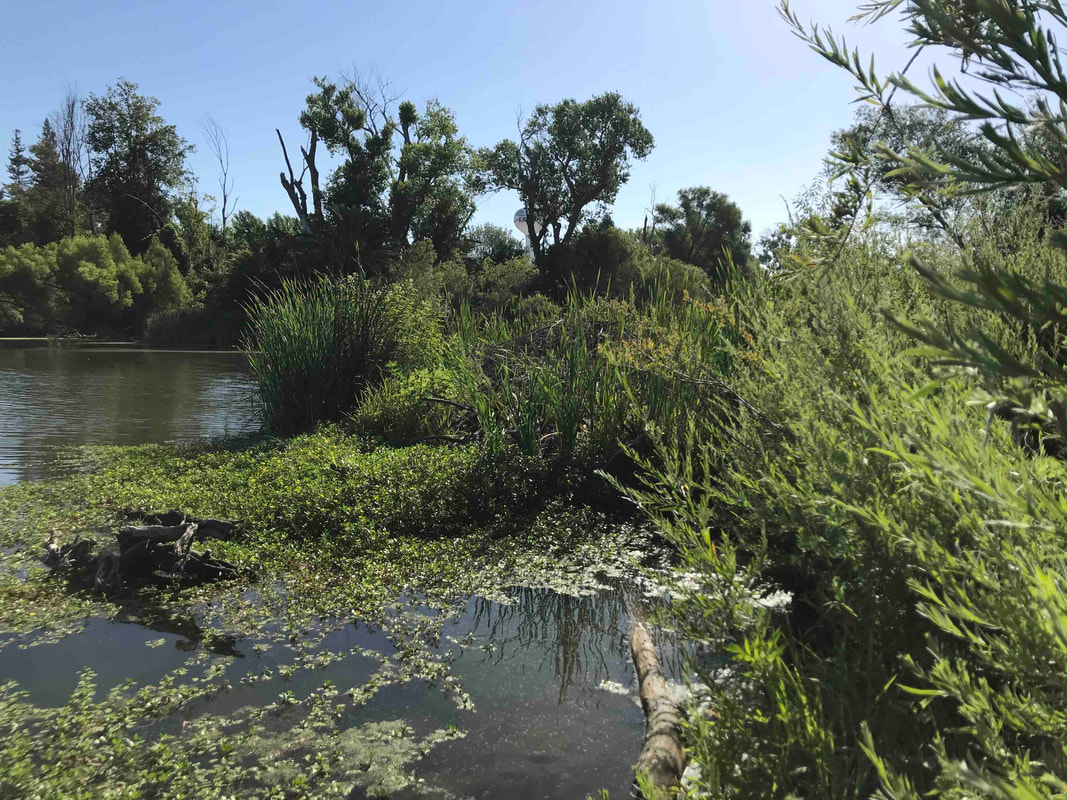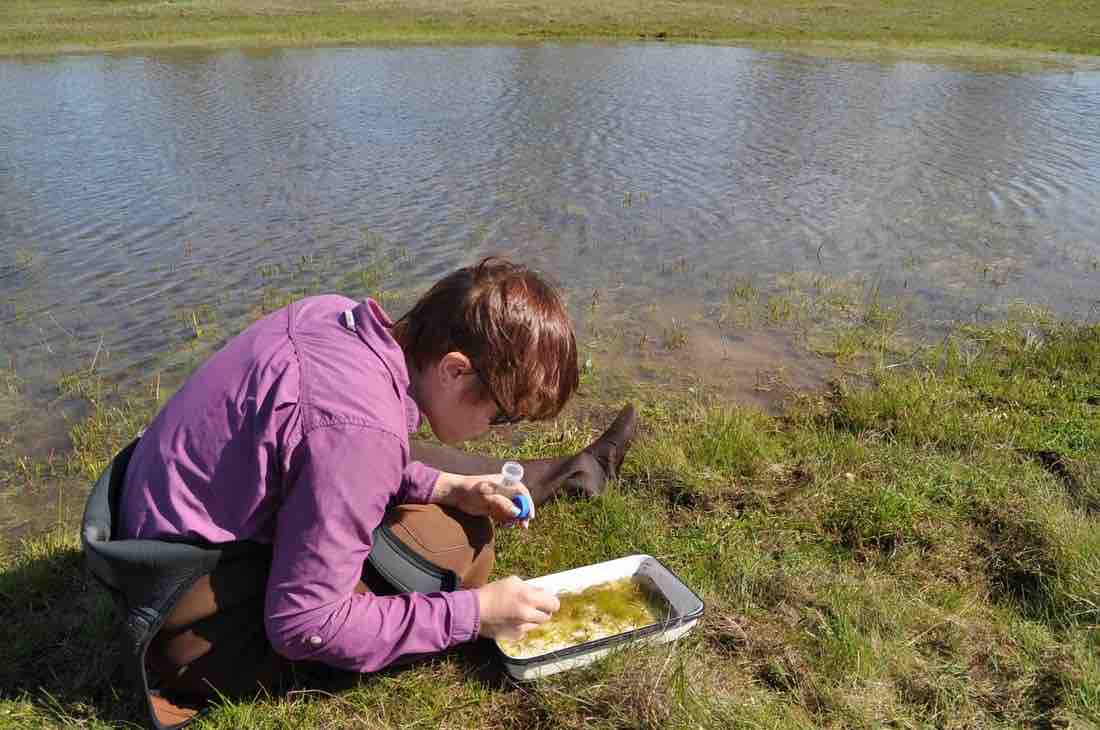|
My research interests examine the effects of environmental variation (spatial and temporal) on patterns of biodiversity and functioning in communities. I approach this within a metacommunity framework whereby local (e.g., disturbances, competition, and predation) and regional (e.g., dispersal) processes contribute to community dynamics. Recently, this research has expanded to include biogeographic scales and species traits. Further, my research also links ecological principles with conservation topics, including disturbances, eutrophication, restoration, species invasions, and climate change.
This research is conducted in seasonal freshwater ecosystems, including California vernal pools and rock pools. Here is a sampling of the research currently being conducted in my lab: See Poster made for the 2016 Arboretum Earth Day event Latitudinal Diversity Gradient Projects One of the oldest documented ecological patterns is the increase in diversity as you head towards the tropics from higher latitudes. In California vernal pool invertebrates, the opposite pattern exists (Kneitel 2016). Climate-driven habitat size appears to be the primary factor influencing the latitudinal diversity gradient at different spatial scales. Species traits also interact with the environment to affect spatial diversity patterns (Kneitel 2018). We are currently expanding on this previous research to address: 1. Plant diversity and trait patterns along the latitudinal gradient (in collaboration with Jennifer Buck-Diaz, CNPS) 2. Land use effects on spatial diversity patterns for animals and plants (MS student Hannah Savage) 3. Comparison of natural and constructed pools along the latitudinal gradient (MS student Sean O'Brien) Vernal Pool Ecosystems (funded projects): 1. Fulbright Scholar Program: A Synthesis of Seasonal Wetland Ecology in Mediterranean Climate Regions (2017-2018) See publications page. You can also check out: Fulbright Scholar Blog Fulbright.org Blog CSUS story on Fulbright Award My Israel and Morocco species list 2. CSU-COAST: Chemical tracers of human activities and ecological associations in California vernal pools (2017-2018) With PI Justin Miller-Schulz (CSUS, Dept of Chemistry) 3. NSF-DEB RUI: Spatial and Temporal Subsidies in Seasonal Environments (2014 - 2016) See publications page. Poster presentation on this research: poster Other California vernal pool projects (also see Graduate Student and Undergraduate webpage):
EBRPD 30x30 Grant Program: Longhorn Fairy Shrimp Restoration (2023-24) BoR/USFWS CVPCP: Central Valley Project Conservation Program and Central Valley Project Improvement Act Habitat Restoration Program (2016-2022) With Doug Bell (East Bay Regional Park District), John Vollmar, and Brent Helm. This funds research on the ecology of Branchinecta longiantenna. Other rock pool projects: 1. Spatial and temporal patterns of biodiversity, including the environmental determinants of ecosystem function, community structure, and endangered species (B. lynchi and B. longiantenna) distributions 2. Metacommunity ecology and alternative stable states in rock pool communities 3. Metapopulation ecology of Branchinecta lynchi Bushy Lake Conceptual Restoration Plan, Sacramento County (2020-23) funded by State of California Wildlife Conservation Board (Michelle Stevens, CSUS Environmental Studies, P): We are beginning to monitor Bushy Lake with the product being a restoration plan. Dr. Tim Davidson and I will lead monthly aquatic habitat surveys of water quality, algae, crustaceans, and aquatic insects in Bushy Lake to quantify seasonal dynamics. Collaborators: - Darold Batzer (UGA) Diversity patterns in wetlands - Mateus Marques Pires (PPG Biologia/UNISINOS) Aquatic invertebrate assessment - Jennifer Buck-Diaz (CNPS) Latitudinal Plant Diversity in California Vernal Pools - Emerson Vieira (UBrazilia) Mammal metacommunity ecology - Leon Blaustein (University of Haifa) A Synthesis of Seasonal Wetland Ecology in Mediterranean Climate Regions (Fulbright Scholar Program funded) - Laila Rhazi and Mohammed El Medihi (University of Mohammed V- Rabat) Temporary Pond Ecology (Fulbright Scholar Program funded) - Justin Miller-Schulz (CSUS, Dept of Chemistry): Chemical tracers of human activities and ecological associations in California vernal pools (CSU-COAST funded) - Doug Bell (East Bay Regional Park District): Longhorn Fairy Shrimp Habitat Research in Contra Costa and Alameda Counties (BoR/USFWS funded) - Don Yee (USM): Treehole ecosystem dynamics - Sharon Collinge (UColorado): Aquatic and terrestrial phase interactions in vernal pool ecosystems - Enid Gonzalez-Orta (CSUS): Bacteria functional diversity in vernal pools - I gratefully acknowledge Westervelt Ecological Services for their support of students and use of their managed lands |
Moisture is the essence of wetness, and wetness is the essence of beauty
— Derek Zoolander |
Click to set custom HTML
